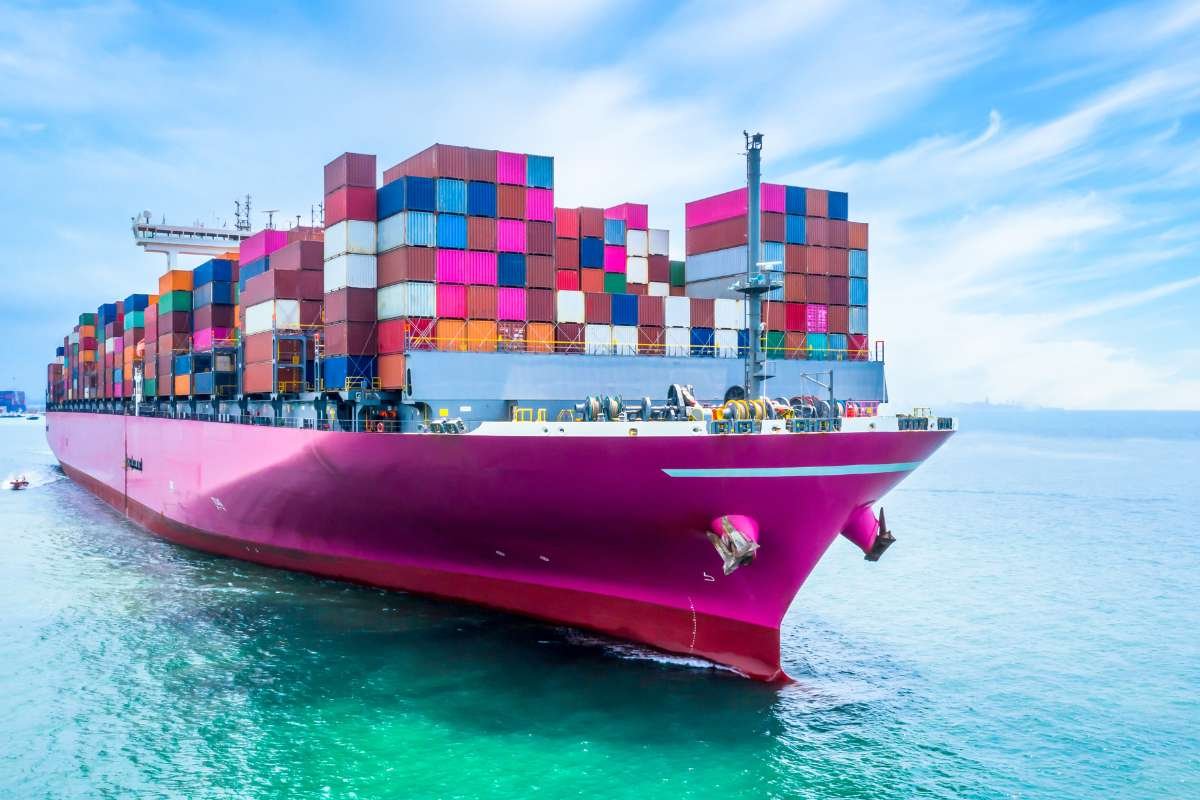A volatile business environment means supply chain resilience is paramount for industry leaders. From health care to real estate, sectors use unprecedented disruptions to emphasize the need for safeguarding operations. Whether your company is in Alabama or Georgia, these challenges are especially present in the Southeast. Here is how leaders are tackling supply chain risks.
How CEOs Craft Supply Chain Resilience and Agility?
The unpredictable economic landscape has changed the mindset of successful CEOs. Now, they must be more proactive than reactive to navigate the unique challenges of their respective industries. Here are five strategies for managing supply chain risks and insulating a company.
1. Navigate International Markets
Global connectedness means companies within agriculture and real estate must understand trade agreements and cross-border regulations. However, currency conversion is an underrated factor that your company might not consider. CEOs must integrate it into their supply chain planning through multicurrency accounts, financial analytics, and hedging tools to stay competitive.
Payments in different currencies carry risk because of foreign exchange liabilities. Some companies only make transactions with native currencies, though there are risks. For example, Synovus, a Georgia-based company providing global financial services, explains in a 2024 report that businesses may pay higher prices if suppliers time their payments to take advantage of exchange rates.
The Solution?
Synovus’ research uncovered that while risks exist, enterprises can increase supply chain resilience through structured payments. This strategy creates a buffer against foreign exchange volatility and helps decision-making. Business leaders can lock in exchange rates or spread payments over time to protect margins and avoid financial shocks.
“Dual currency billing, forward contracts, and multicurrency accounts are good ways to manage foreign currency exposure risks and reduce the uncertainty of dealing with foreign exchange in the supply chain,” says David Grimaldi, foreign exchange sales consultant at Synovus Treasury Management.
2. Enhance Collaboration

Collaboration and communication are integral to a resilient supply chain because businesses do not operate alone. Their network includes interconnected partners, whether suppliers or logistics providers. Open communications means your stakeholders can build contingency plans, identify vulnerabilities, and overcome challenges.
The World Economic Forum says the short-term supply chain is vulnerable to misinformation, disinformation, extreme weather events, and societal polarization. However, critical changes to planetary systems, biodiversity loss, and natural resource shortages will be vital in the next decade. Collaboration can mitigate these problems through public-private and cross-industry partnerships.
Bringing the Experts Together
Synovus’ report explains that your company should devise a cohesive internal strategy when analyzing supply chain risk management. From treasury to procurement and product development, these experts must work together to produce the best results. They have critical insights into manufacturing costs, shipping schedules, and materials affecting profitability. These departments can pool resources and overcome previously insurmountable challenges.
According to Tom Loffredio, managing director at Synovus Capital Markets, business leaders must have contingency plans and the ability to work across the business. Connecting the right people, resources, and tools can build resilience and address supply chain challenges properly.
“Working with these internal groups, Finance can determine how to fund purchases and mitigate price variability to reduce uncertainty, including hedges on commodity inputs,” Loffredio says.
3. Carefully Manage Cash Flow

Businesses need flexibility and stability to withstand supply chain risks and disruptions. Cash flow is among the best ways to respond to unexpected events because it helps management teams maintain inventory levels and negotiate better terms with suppliers. Small and large enterprises use it for seasonal demands and to reduce pressure during high-volume periods.
Strong cash flow also helps CEOs invest in supply chain technologies to improve visibility and agility. For example, your company can acquire real-time tracking devices and automated equipment for enhanced security. From IoT-enabled fleet management to cloud-based inventory solutions, contemporary businesses have vast options. They help organizations get ahead and gain control in the short and long term.
Planning for the Future
Manufacturers, suppliers, and retailers need liquidity to secure funding and meet internal financial requirements. While daily expenses are essential, CEOs must consider future weeks and months. Companies used to craft their outlooks based on multiyear periods, but times have changed. Barbara Mulligan, director of the Alabama region at Synovus Middle Marketing Banking, says the timeline has shortened.
“Many businesses are now focusing even just a few months out,” she says. “They’re looking ahead maybe four to six months so that they get some control over the short term.”
4. Prioritize Flexible Storage and Logistics

Cash flow is only one part of a company’s swift and effective response to supply chain disruptions. From natural disasters to market volatility, disastrous events require CEOs to act quickly and stabilize their storage and logistics solutions. Flexible arrangements let companies efficiently reroute shipments, alter inventory levels, and minimize downtime, despite the risk of delays and stockouts.
One of the best modern solutions is modular storage systems. These arrangements provide flexibility and scalability through adjustable containers, pallet boxes, and shelving mechanisms that adapt to new environments. Logistics operations become more responsive to demand surges and seasonal changes, thus giving companies more control. As a bonus, it helps with carbon accounting and brand credibility.
5. Diversify Suppliers
Companies relying on a single source have increased risk because of limited exposure. Supplier insolvency or natural disasters could significantly harm their place in the market and future outlook. Therefore, CEOS need to diversify their suppliers for supply chain resilience. Multiple partnerships increase flexibility and continuity, even when one link is compromised.
Business leaders should map their existing supply chain and locations to increase visibility. Based on weather and other factors, they should then determine which areas have the highest risk of disruption. Experts say you should view suppliers as business partners contributing to your success. This approach fosters a resilient supply chain with competitive advantages due to the mutually beneficial relationship.
Supply Chain Resilience in Action

Companies in the American Southeast must be particularly vigilant of supply chain risks, such as hurricanes and tornadoes. These disruptions can significantly affect transportation networks and other critical infrastructure. Here are a few examples of resilience in action across the region:
- Autokiniton: In March 2023, an EF3 tornado struck Tennessee, significantly damaging the Autokiniton facility in Eastgate. However, the company used QAD Cloud ERP to optimize uptime despite power outages.
- Auburn University: Public sector involvement has spurred research and innovation across industries. For instance, Auburn University in Alabama added four container farms to its vertical farming infrastructure, thus increasing annual yields and storage opportunities.
- Atlanta logistics: Georgia’s capital has become a national leader in third-party logistics due to increased leasing activity. These companies benefit from advanced digital tools and proximity to the Port of Savannah.
Maintaining Supply Chain Resilience in 2025 and Beyond
Supply chain risk management is no longer a luxury — it’s necessary for stable growth in the modern economic landscape. Synovus says 90% of business leaders focus on increasing resilience and flexibility due to global uncertainties. Market volatility and severe weather underscore the need for fortification, especially for Southeastern businesses.


















